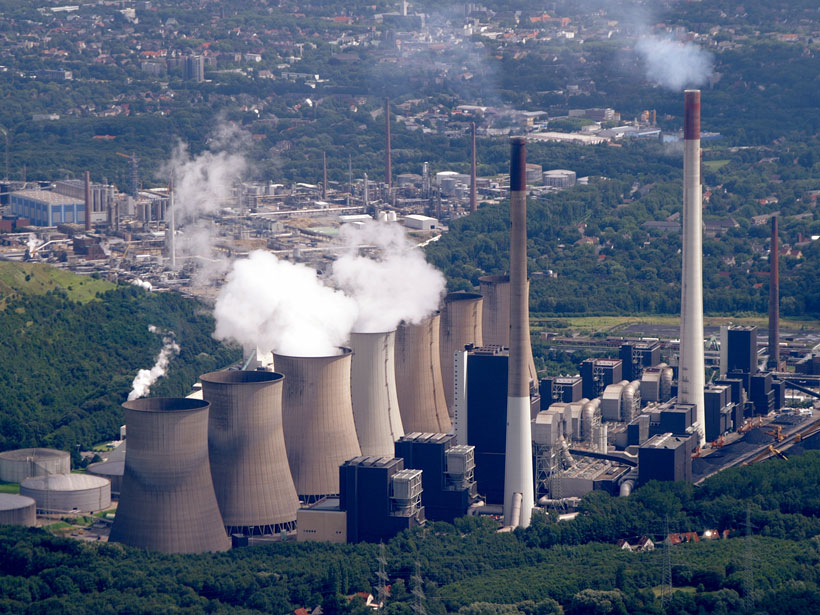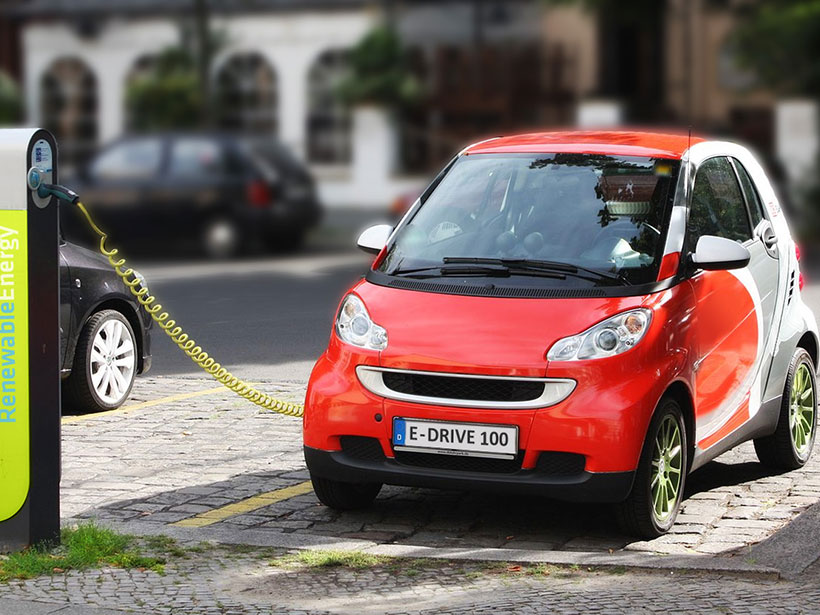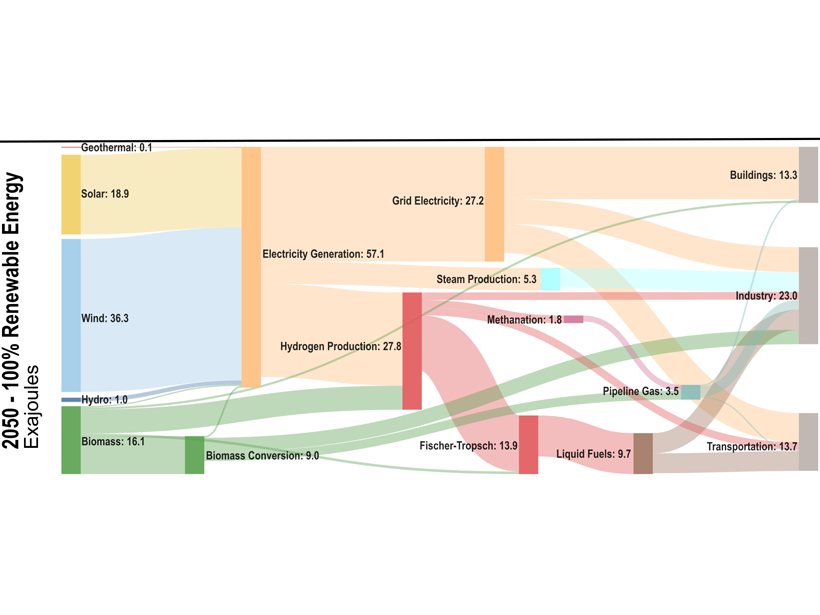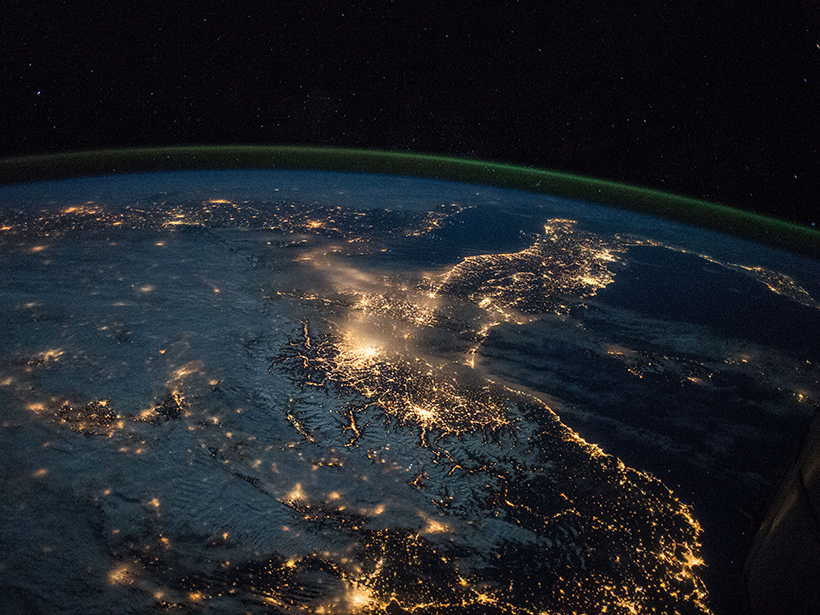According to a new report, net zero targets many governments are pursuing are distractions from the urgent need to drastically reduce carbon emissions.
carbon emissions
El debate sobre las proyecciones de emisiones energéticas de las Naciones Unidas
Un nuevo estudio encuentra el factor económico que controla la divergencia entre las trayectorias de las emisiones en las evaluaciones climáticas y la realidad.
The Surprising Source of Greenhouse Gas Emissions
Changing the way emissions are tallied may help litigators focus on the worst climate offenders and shape mitigation.
Carbon Capture Can’t Solve the Climate Problem Without Individual Actions
Individual choices like the adoption of electric vehicles are going to factor heavily in meeting the climate objectives of the Paris Agreement.
Deep Decarbonization? Yes We Can!
Modeling the U.S. energy system demonstrates several pathways to net-zero CO2 emissions by 2050. The pathway with the lowest cost, 0.2–1.2% of GDP, relies on >80% contribution of renewables.
Experimentos Revelan Cómo el Carbono del Permafrost se Convierte en Dióxido de Carbono
Muestras de campo provenientes de Alaska muestran cómo la luz solar y el hierro convierten el carbono del permafrost en dióxido de carbono. Los modelos climáticos ignoran este proceso.
The Debate over the United Nations’ Energy Emissions Projections
A new study finds the economic factor driving the divergence between emissions trajectories in climate assessments and reality.
Drivers of Upper Atmosphere Climate Change
New research confirms the influence of carbon dioxide on long-term temperature trends in the upper atmosphere, but changes in Earth’s magnetic field also play a key role.
Europe Targets 100 Climate-Neutral Cities by 2030
Europe is launching an ambitious mission to decarbonize many of its urban areas within a decade. But is it realistic?










